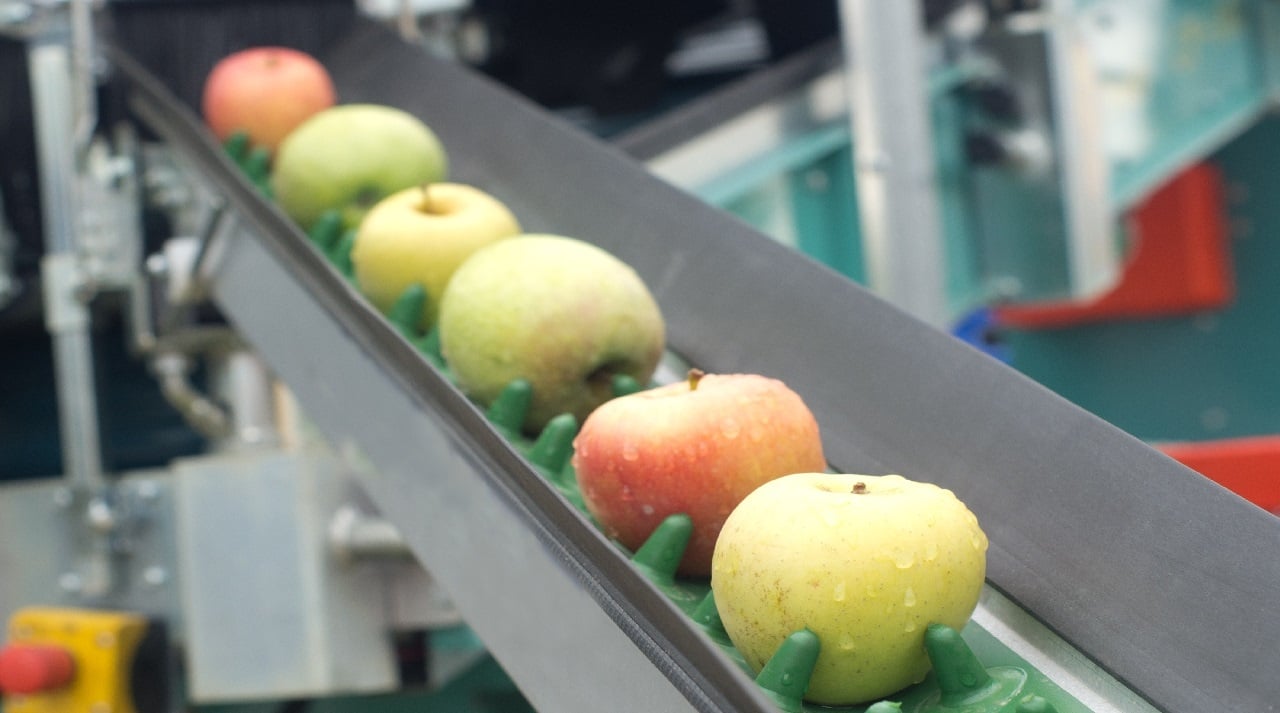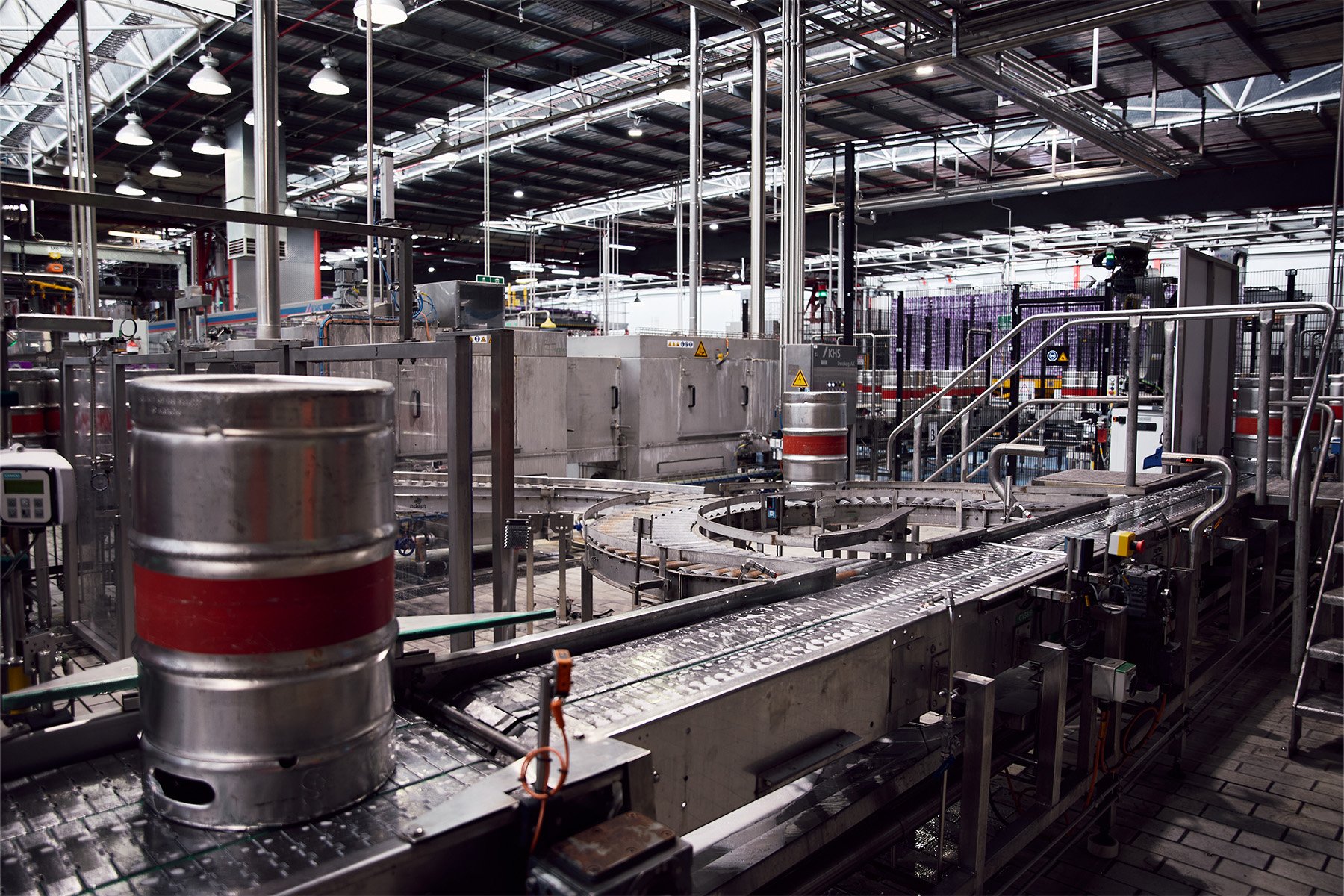A decade or so ago, there was a popular game show called The Weakest Link. At the end of each round the host of the show would acerbically remark to the contestant with the lowest score: ‘You are the Weakest Link. Goodbye.’
This catch-phrase was so famous that it became fingers-on-chalkboard annoying. Nevertheless, when you are thinking about pitching your BI project it’s good to have these words in mind.
An integral part of the BI project process is establishing your ROI. In essence, what you are doing is assessing which areas of the business are healthy and which need improvement.
Getting your pitch right means understanding that balance. You need to have a strong idea of what your BI project might look like and how to articulate to the board your vision.
So, how can you establish this? At Nukon we’ve worked with many clients to help them evaluate their ROI so they can get their BI projects across the line. Today, we’re going to share our secrets with you, so that your senior stakeholders aren’t saying ‘goodbye’ to your BI project.
What are you assessing when establishing a ROI?
Three key areas to focus on are people, equipment and policies. All of these contribute to maintaining production, meeting production targets and at the end of the day, having a good product to sell.
They also need to combine these assessments with their plant’s Overall Equipment Efficiency (OEE).
Understanding your manufacturing OEE is crucial because you can unearth many insights about your production product and processes.
What is your OEE?
The OEE is the result of the production time multiplied by the target production multiplied by the volume of goods produced.
OEE = availability x performance x quality
On the face of it, your plant might be operating well, but your OEE helps you to see where the shortfalls are.
For example, a plant might have:
- 82% uptime
- 89% of the product is produced
- 95% of the finished products being ready for sale
OEE = .82 x .89 x .95 = .69
Those percentages might be good by themselves, but if you add up the discrepancies the plant is only running at 69% of its OEE.
What is your weakest link?
The OEE helps you to uncover the weakest link in your operations. When you’ve identified that, the next step is to think about how to hone in on what those weaknesses are and how you could strategically tackle them.
When pitching the ROI of BI projects to clients, Nukon uses the Theory of Constraints developed by Dr Eliyahu M Goldratt to demonstrate how to best find inefficiencies in systems. There are five steps involved that help a business to optimise their OEE. Below we look at what they are and how you apply them to the problem at hand.
FIVE FOCUSING STEPS TO OPTIMISE OEE
“…A minute lost on a constraint is a minute lost forever and an hour saved on a non constraint is merely a mirage...”1
1. Identify constraints
It is important to use OEE to identify the constraints holding back your business. Where are the strained areas in the business? You wouldn’t spend money to reinforce a chain in sections that are already strong, so you need to first identify where the weakest link is in your manufacturing chain.
One of our in-house managers likens this process to transforming your daily routine. In an effort to make family life smoother, you may have discovered that one of the hardest points of the day is getting out of bed and out the door. This has a run-on effect to the rest of your day: you get stuck in peak-hour traffic, arrive later to work, have to work through lunch and stay late each evening, meaning that your partner has to do bed-bath-dinner dance.
2. Exploit constraints
Once you have identified the weak links, examine how you could exploit the constraint. A weak link in a chain needs reinforcement. In manufacturing speak, that equates to optimising processes, or working out how to increase the workflow through the constraint.
In the household, this equates to knowing that your morning routine is flawed (and ruining the rest of the day) so you need to establish what you need to change to better streamline it. Is the biggest problem getting out of bed? Is it that your son takes way too long in the shower? That your daughter insists on watching back-to-back episodes of Peppa Pig? Are the fights to gain entry to the bathroom after breakfast epic?
3. Subordinate processes
This step essentially asks the question: What is the most important step for your business? It’s important because it allows you to establish your priorities.
For example, when getting ready for work in the morning the most essential task is leaving on time. You’ve figured out that to be on time you need to leave no later than 7:45, how can we best achieve this?
4. Elevate capacity
Elevating capacity refers to making an investment decision. This could entail adding equipment, upgrading processes or training employees.
If we were to apply this to our morning routine, we may have established that the teeth-brushing related fights are creating a bottleneck in the bathroom. Instead of trying to build capacity, by adding an extra sink to the bathroom or an extra bathroom, you could work around the issue. But a more feasible (and cheaper solution) is to stagger ‘brush’ times with other tasks such as dressing and bag-packing.
5. Sustain improvement
Sustaining the culture around improvement means continually seeking out what the weakest link is and looking to improve it, otherwise known as the continual improvement process. The process adheres to the the notion that every single employee should be striving for ways they can improve aspects of their work, implement change and assess how that change has worked.
Now the bottleneck in the bathroom is cleared, what is the new ‘weak link’? Maybe the next step is talking you your daughter about her Peppa Pig addiction...
When you have gone through these five steps, you will have a much clearer picture of your priorities, and the energy, time and costs that will be involved in tackling them. Investing in BI projects can seem risky to executives who may not realise how much better their manufacturing processes could be, but if you follow these steps, you can demonstrate how integral your project would be in transforming operations.
If you would like more tips on how to get your BI project across the line, then you need to download our ebook on managing BI projects in manufacturing today.
1. Goldratt, E. M. and J. Cox. 1986. The Goal: A Process of Ongoing Improvement. New York: North River Press.





